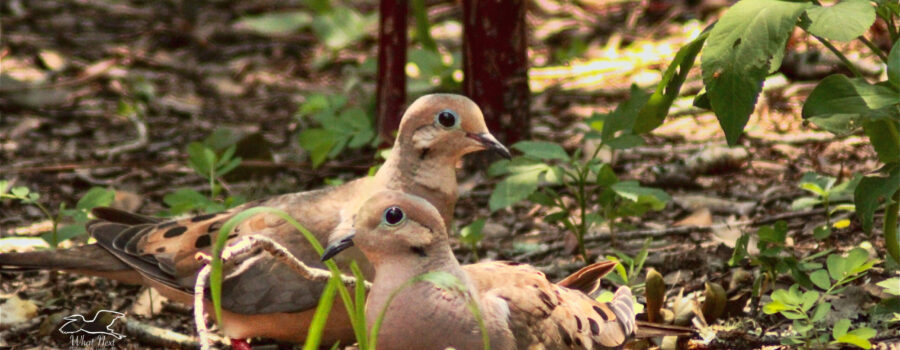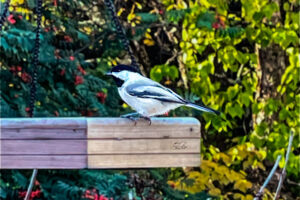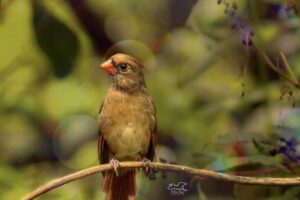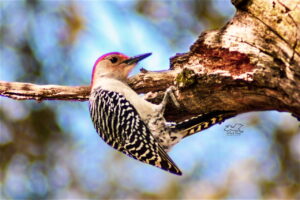Mourning Doves are Common and Interesting North American Birds

This beautiful pair of mourning doves (Zenaida macroura) have decided to nest near my house. I have had one come to the feeding station on occasion for the past couple of months, but this was the first time I had seen both of them together. They flew in together and stayed pretty close to each other while they were feeding, so I’m pretty sure they are a couple. The fact that this is their first time coming to eat together tells me that the chicks, or squabs, are probably old enough now to be left alone for a little while, or may even be fledged. Both of these birds are extremely cautious and wouldn’t come down to eat unless there were no other birds or squirrels on the ground. They’ve gotten braver, but still will fly off at the first possible threat. I always hate to see them go, but I do love the sound that their wings make when they fly in and out.

Mourning doves are one of the most common birds in North America and part of the reason for that is their very large range. Mourning doves can be found from southern Canada, throughout the contiguous United States, and well into Central America. Birds from the northernmost part of the range migrate south during the coldest times of the year, but most mourning doves are sedentary. The name mourning dove comes from the distinctive sad sounding cooing they that do quite frequently. Mourning doves have also been called American mourning doves or rain doves. They tend to eat a diet of strictly seeds, but they will ocassionally eat some insects or snails.

Mourning doves are monogamous, and here in the south, they can produce up to six broods of two squabs each. This high reproductive capacity is the other reason that they are so common. They mainly nest in trees, but they will also use patches of vines, bushes, cacti, and even the forest floor, if necessary. Clutches almost always consist of two eggs, and young are fed dove milk (also called pigeon milk), which is a high protein and fat secretion that both parents produce in their crops. Squabs are born helpless, but they grow quickly and fledge at 11-15 days of age and are by then able to digest seeds quite well. I was quite pleased to see a second dove arrive with the first one, and I’m really hoping they will stick around and nest here next year, too.





Recent Comments